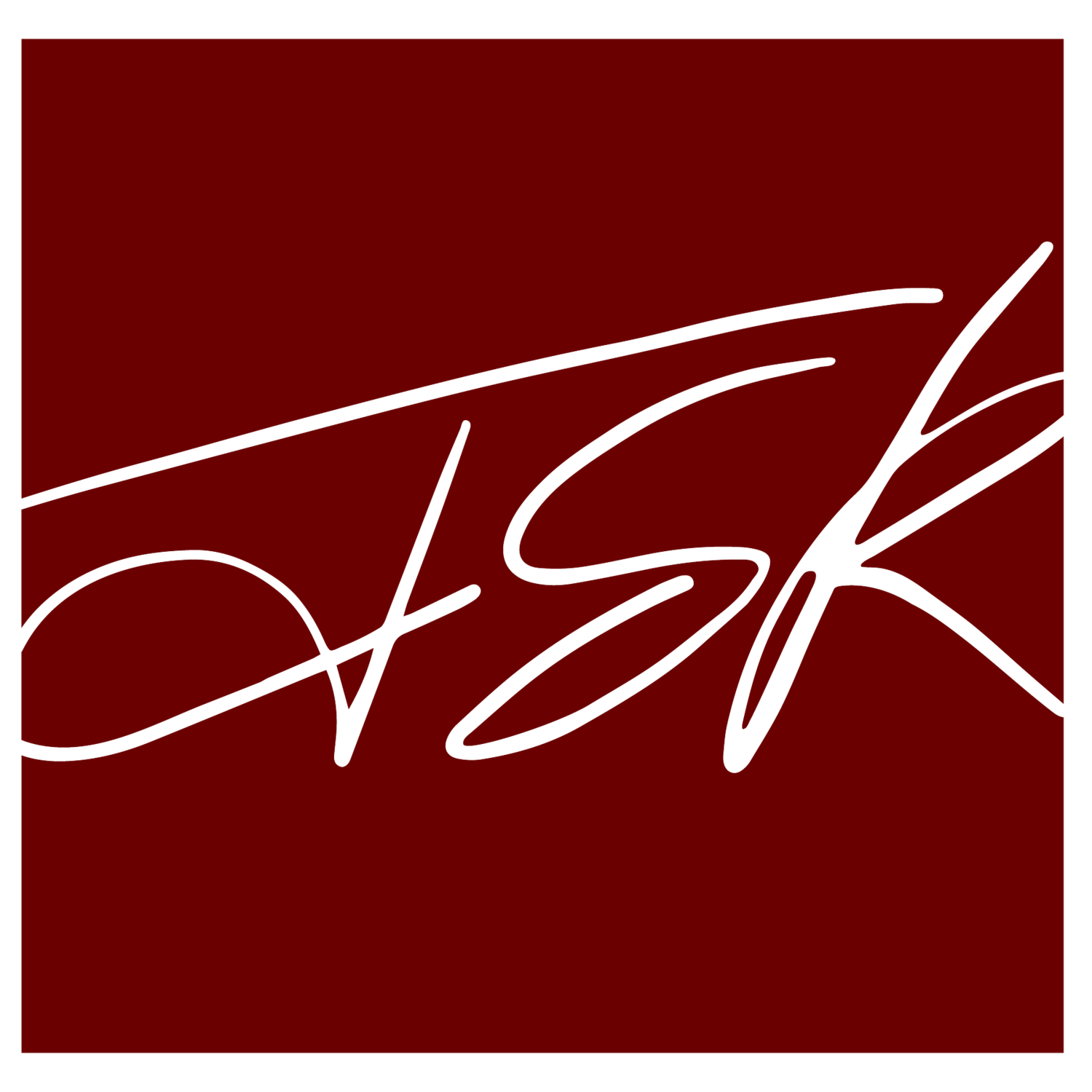How is Healthcare Design Impacted?
By Jane Rohde, AIA, FIIDA, ACHA, AAHID, LEED AP, Green Globes CIEB Assessor
Fashion Week” is upon many folks around the world—and it is no longer the hubs of NYC, Paris, London, and Milan—but happening in other countries, such as Mercedes-Benz Fashion Week in Australia and Mercedes Benz Stylo Asian Fashion Week in Malaysia, Indonesia, Japan, and other Asian countries. According to a recent NPR segment, it used to be when fashion was seen for the first time on the runways, it would impact the clothing racks in six to 12 months, including the brand name originals. However with the “instantaneous gratification” movement, a tweet or Instagram of the most popular new fashion is old news within six months. So the fashion industry is looking at introductions that are ready within mere weeks—keeping the interest of the consumer and reducing the potential for fashion knock-offs.
Thinking through the immediate need and desire for changeability and updates, social media and technology are also impacting healthcare from both an immediate access to information and a documentation perspective. Technology is used operationally to meet requirements established through the Patient Protection and Affordable Care Act (PPACA), aka Obamacare, by reducing readmissions to hospitals from home as well as long term care settings, resident and patient satisfaction and facility ratings, and reduction of infection rates. Reminders and follow-up information are available in patient portals, and texts and emails are reinforcing appointment times and follow-up needs. At some point soon, it is possible that all of our information will be on a smart card similar to a credit card that will allow any practitioner anywhere to have the exact same information. One of the current challenges is uniformity across the continuum of care and all practitioners being able to see consistent information. Consistency is a driver for positive outcomes.
What is “fashion forward” for patients and residents in relationship to healthcare facilities and related care models? In order to have individuals take on personal responsibility in the healthcare sector, is it necessary to spark interest in health and wellness through the same means as gamification? To gain interest, the “hook” would have to span all ages and have to be on equal footing with games such as the Legend of Zelda: Ocarina of Time for the younger set, as well as appeal to the older Candy Crush Saga addicts. To encourage participation in health and wellness, a program has to be dynamic, interesting, educational, and fun! Compliance with recommendations for healthcare is one of the most difficult parts of maintaining a continuum of care.
Design Implications
In attending Design Connections in Ponte Verde in January, 2016, acute care designers are looking for product durability, long building service life, and ability to clean product while maintaining aesthetic over time. These are tall orders for product manufacturers. As the aesthetic needs to be more than trendy, it has to be enduring—no more 1980’s “mauve and teal” flashes in the pan that end up haunting healthcare designers, clients, patients, and residents for well over two decades. If long service life is key, then how do designers become “fashion forward”—to allow a fresh appeal and look to healthcare spaces and remove dated aesthetics?
- Products that are flexible—modularity, movability, and adjustability are key. Products manufacturers like DIRTT and Herman Miller are no longer just looking at modularity, but are also evaluating the ease of change that includes moveable furniture on tracks, walls, and door openings that can slide and adjust to the need, and overall flexibility within the building environment. We are seeing this with equipment and products that at one time were considered fixed components, and are now adding movement options, such as PressalitCare grab bar systems and Adjust-a-sink products.
- Another approach for designers is utilizing a somewhat neutral palette of finishes that supports changing accent colors and finishes which can be updated or changed through regular maintenance to freshen the space—allowing for updates, but supporting longevity of the base products. This approach could allow designers to have a flexible section of standards that allows for regular updates that are keyed to the facilities department, work order system, and regular required work that would be within an operational budget.
- Technology used for wayfinding provides opportunities to update images and provide information in a real time format that adds interest, but can also be interactive. Now that wearables are fashion forward, the “wander guard” bracelet could have an entirely new meaning, as it not only tracks a resident’s or patient’s GPS coordinates, but also can check vitals, provide medication reminders, and quantify the amount of exercise and movement an individual is completing. This is also a game changer for providing more freedom of safe movement for residents that have dementia.
- In the resilient flooring sector, the advance of manufacturing, digital technologies, and capabilities is expanding the standard vinyl stone and wood patterns, and creating beautiful textile looks—some resembling a linen finish and texture and other replicating tonal carpet patterns with coordinates that provide an interesting aesthetic and appeal to break up the usage of the luxury vinyl stone and wood grains that have become a staple within the healthcare industry. New introductions are being made by Teknoflor®, Mannington, and Metroflor that are taking resilient floorings to the next level of “fashion forward” thinking.
Conclusion
The future comes upon us every second—the demand is not “what’s next?” but “what’s now?” as in the next second there is an anticipation for something new and fresh—an immediacy that we have never experienced before in the design industry. In the built environment this creates a dichotomy between a fixed building and an interior that can evolve, grow, and change—to meet operational needs, technological needs, and user needs and desires. The term of the day is dynamic—thinking of design as never final takes on the meaning of the future!
This article can be found on the Interiors & Sources website.
